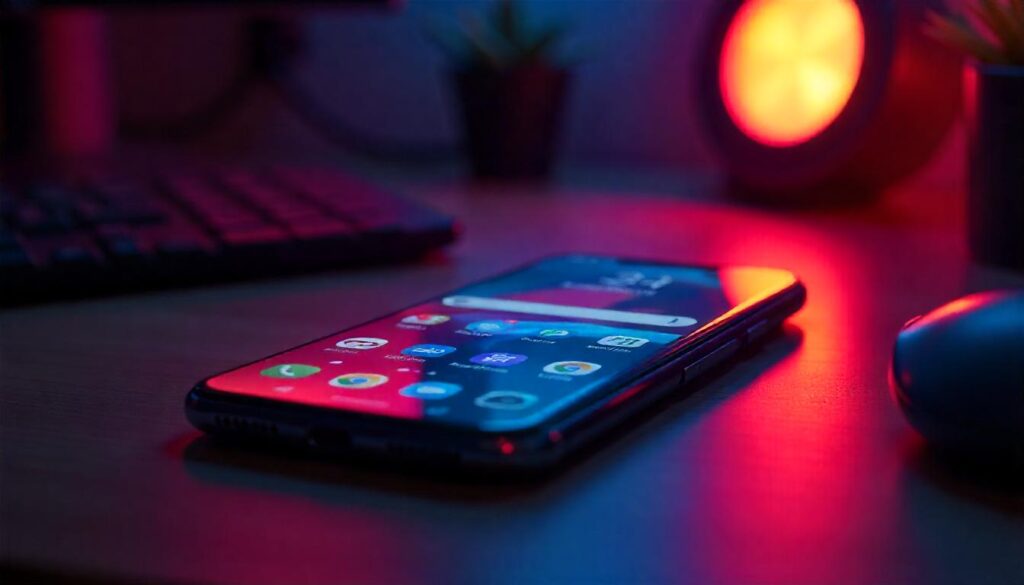As we step further into 2025, the ongoing rivalry between Android and iPhone remains as heated as ever. Both ecosystems have evolved dramatically over the years, offering users an impressive array of features, design innovations, and performance capabilities. Whether you are an Android enthusiast or a loyal iPhone user, choosing the right smartphone this year involves understanding how each platform has developed and what new advantages they bring to the table. In this article, we’ll dive deep into the key differences between Android and iPhone in 2025, comparing their software, hardware, ecosystems, privacy, and user experience to help you decide which device might be the perfect fit for you.
1. Software and User Experience
Android and iOS have always been at the heart of this debate. In 2025, both operating systems have matured but continue to offer distinct experiences.
Android 15: Google’s Android 15 introduces even more customization options and intelligent AI integration. The OS allows users to personalize their home screens with widgets and shortcuts, fine-tune notifications, and use split-screen multitasking on a broader range of apps. Google’s AI assistant has been upgraded to provide more contextual and proactive assistance, making day-to-day tasks smoother. The open nature of Android also means users can sideload apps or install apps from alternative app stores, increasing flexibility.
iOS 18: Apple’s iOS 18, meanwhile, has focused on seamless integration across its ecosystem and refined its privacy protections. The interface remains clean and intuitive, emphasizing simplicity and fluidity. Apple continues to enhance its native apps with AI-driven features like improved photo editing, real-time language translation, and more personalized Siri responses. Unlike Android, iOS still prioritizes a more controlled environment, which means apps are carefully vetted for security and quality, but customization is more limited compared to Android.
2. Hardware Innovations
In 2025, both Android manufacturers and Apple have pushed the boundaries of smartphone hardware, but with different philosophies.
Android Flagships: Android devices have diversified more than ever. Brands like Samsung, Google, OnePlus, and Xiaomi offer phones with cutting-edge displays (foldables and rollables are now mainstream), ultra-fast charging (up to 200W in some models), and advanced camera arrays with multiple lenses optimized for different conditions. The latest Android phones often boast expandable storage, headphone jacks in some models, and more varied hardware options to suit different budgets and preferences.
iPhone 17 Series: Apple, in contrast, has doubled down on perfecting its integrated ecosystem. The iPhone 17 series features an ultra-efficient A19 Bionic chip, leading the pack in processing power and energy efficiency. The cameras have improved with AI-enhanced photography and cinematic video capabilities, but Apple sticks to a minimalistic design philosophy—no expandable storage, no headphone jack, and consistent screen sizes. Apple’s new phones also emphasize durability with stronger ceramic shields and improved water resistance.
3. Ecosystem and Compatibility
The battle is not just about the phone itself but the broader ecosystem that comes with it.
Android Ecosystem: Android’s ecosystem is wide and open. It seamlessly integrates with a variety of smart home devices, Windows PCs, and a vast range of peripherals. Google services such as Gmail, Google Maps, and Google Photos remain the backbone of many Android users’ digital lives. Android also supports various VR and AR platforms, giving users more experimental options.
Apple Ecosystem: Apple’s ecosystem, however, remains one of its strongest advantages. The interoperability between iPhone, MacBook, iPad, Apple Watch, and even Apple TV is unmatched. Features like Universal Control, AirDrop, and Continuity make it effortless to switch between devices. The integration of health data from Apple Watch into the iPhone, along with services like iCloud, Apple Music, and Apple Arcade, creates a seamless and cohesive user experience.
4. Privacy and Security
Privacy continues to be a critical factor influencing smartphone choices.
Android: Google has made significant strides in enhancing privacy, including better app permission controls, encrypted backups, and AI-driven malware detection. However, the open nature of Android means it remains vulnerable to security issues if users download apps outside the official Play Store or fail to update their software regularly.
iPhone: Apple’s focus on privacy remains a key selling point. iOS 18 includes even more transparency features, such as app tracking disclosures and on-device data processing to limit data sent to servers. Apple’s strict App Store guidelines also reduce the risk of malware or malicious apps. For privacy-conscious users, iPhone is often the safer choice.
5. Price and Value
Cost is always a major factor.
Android: Android devices cover a much broader price spectrum in 2025. You can find excellent budget and mid-range smartphones with flagship-level features. This diversity allows consumers to pick a phone that fits their budget while still accessing the latest technology.
iPhone: Apple’s iPhones are positioned at a premium price point. While older models tend to retain value well and receive software updates for many years, the upfront cost remains high. However, for many users, the longevity, reliability, and ecosystem benefits justify the investment.
6. Future Trends and Innovations
Looking ahead, both platforms show exciting developments.
- Android: Expect more foldable and flexible devices, deeper AI integration, and possibly wider adoption of satellite connectivity for emergency use.
- iPhone: Apple is rumored to be exploring mixed reality devices, with iPhone continuing to evolve as the hub of a more immersive ecosystem blending AR, VR, and health technologies.
Conclusion
In 2025, the choice between Android and iPhone largely comes down to personal preference and priorities. Android offers flexibility, variety, and cutting-edge innovation across multiple manufacturers and price points. iPhone, meanwhile, provides a polished, secure, and highly integrated experience within Apple’s tightly-knit ecosystem.
If you value customization, hardware variety, and budget options, Android may be your go-to. But if you prefer a seamless experience, strong privacy protections, and consistent software updates, the iPhone remains hard to beat.
Both platforms have matured impressively, making 2025 a great year regardless of which smartphone you choose. The competition ensures continuous innovation, meaning consumers win no matter what. So, which side are you on this year—Android or iPhone?


